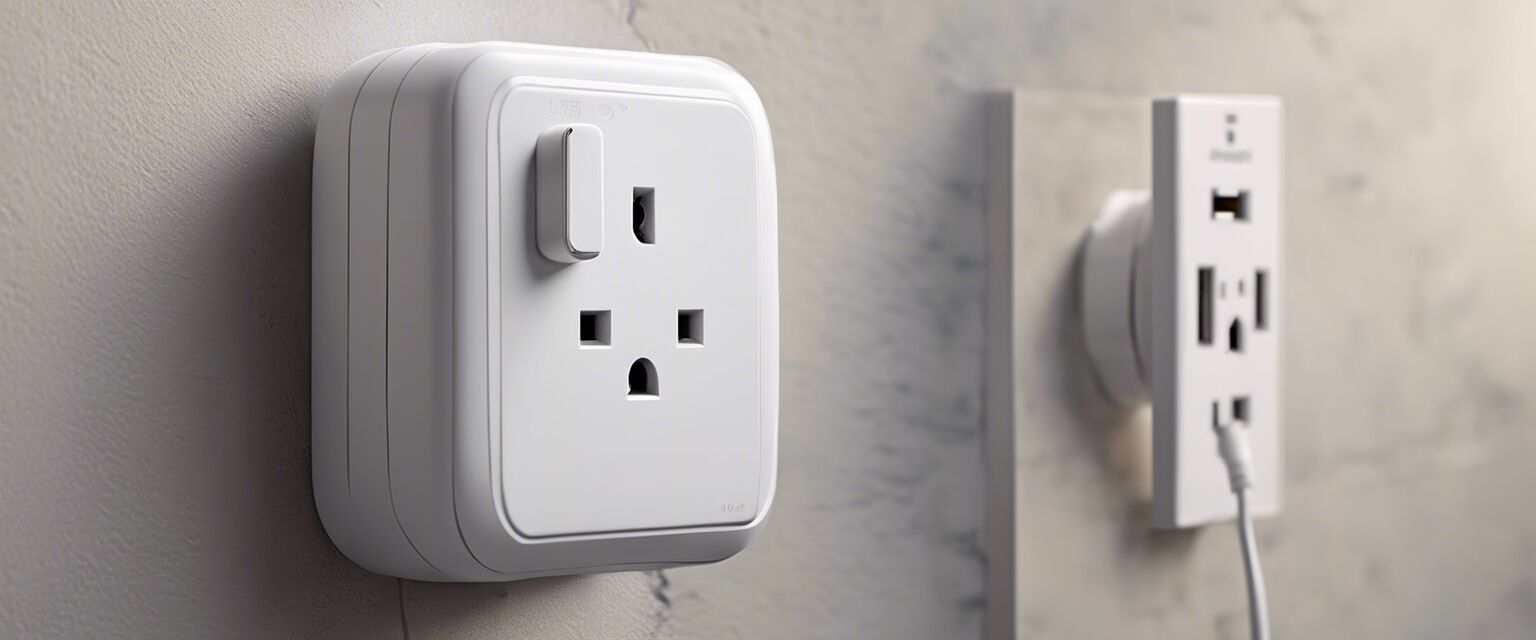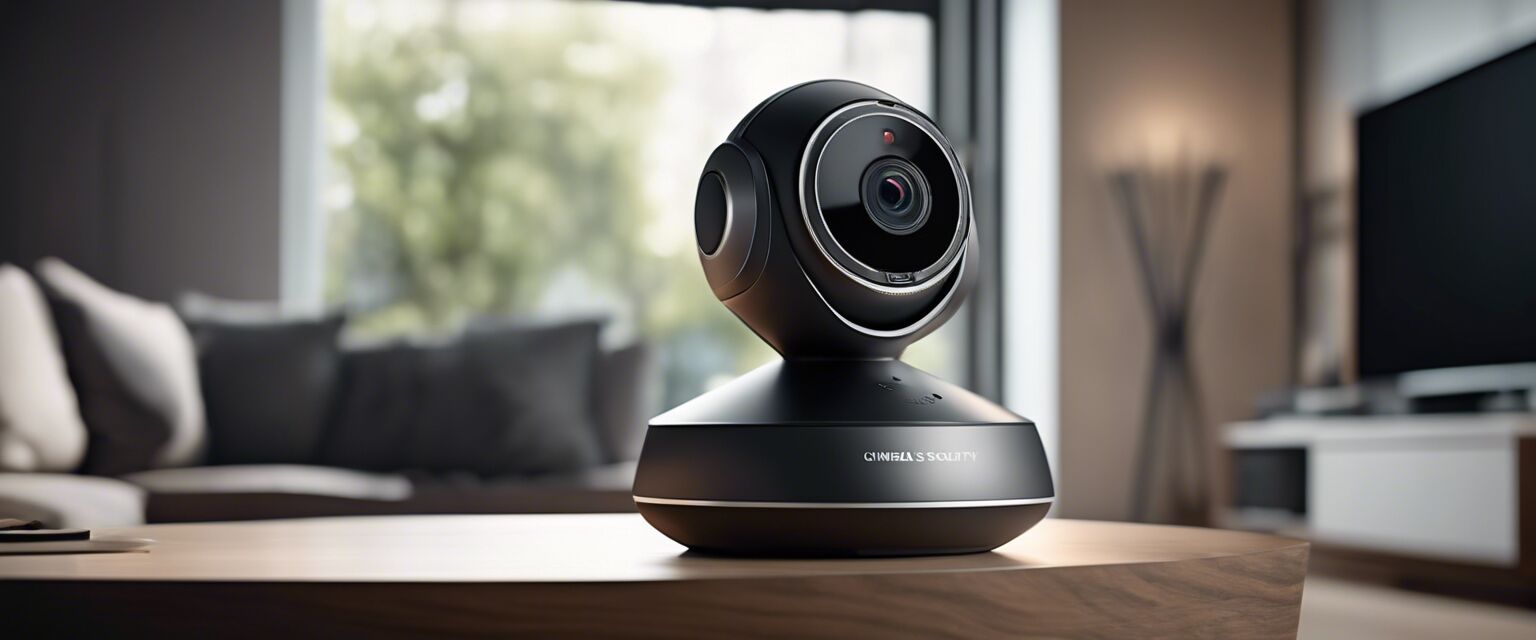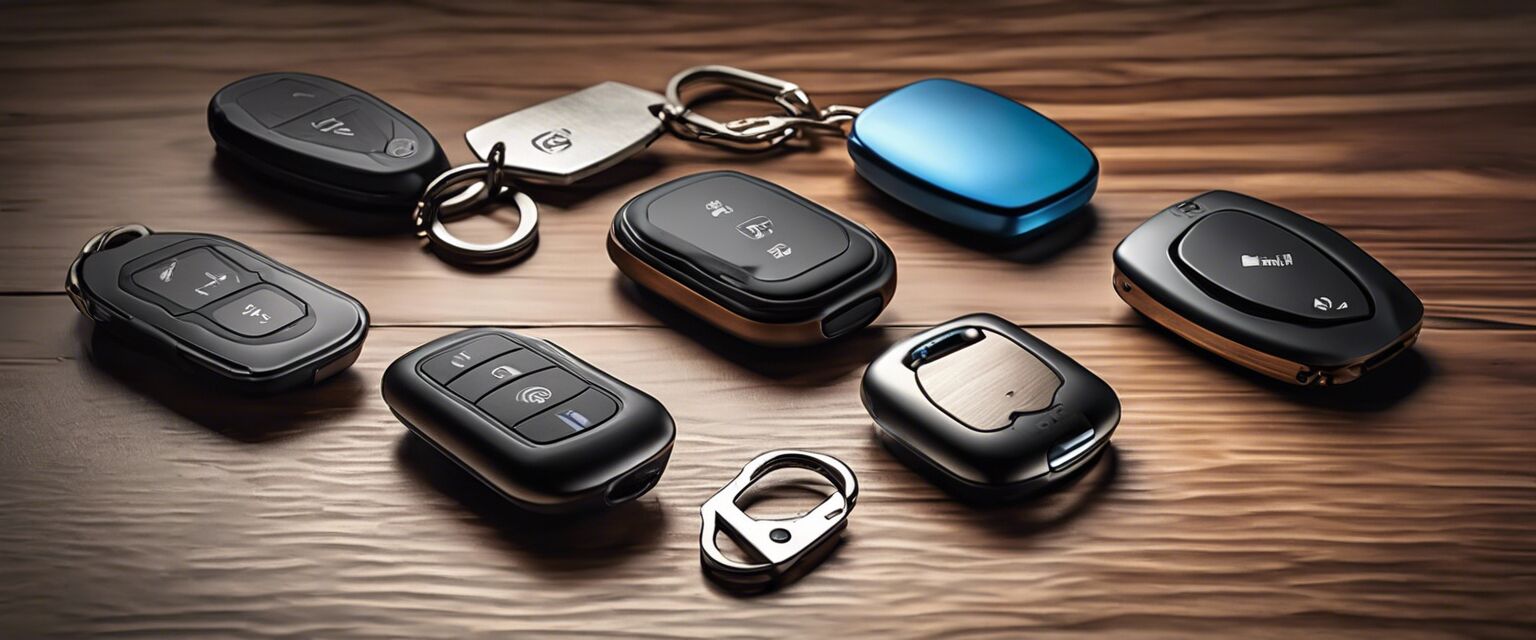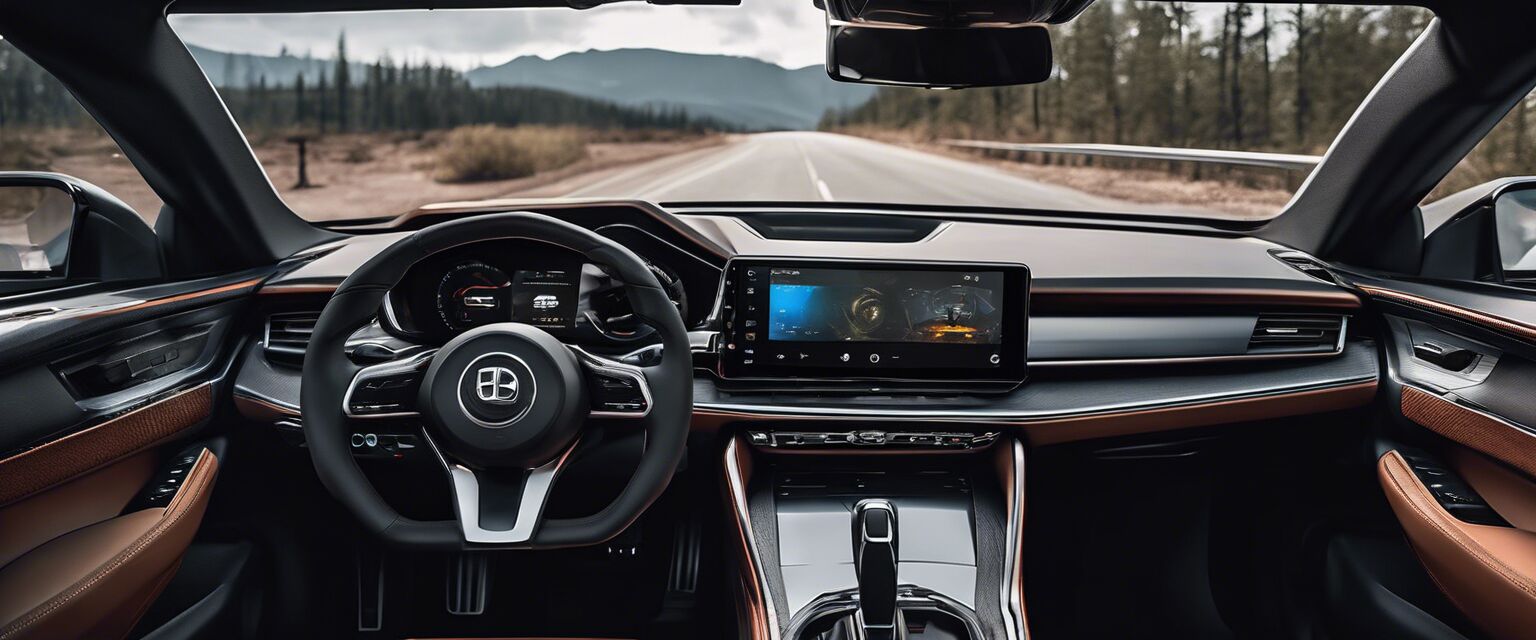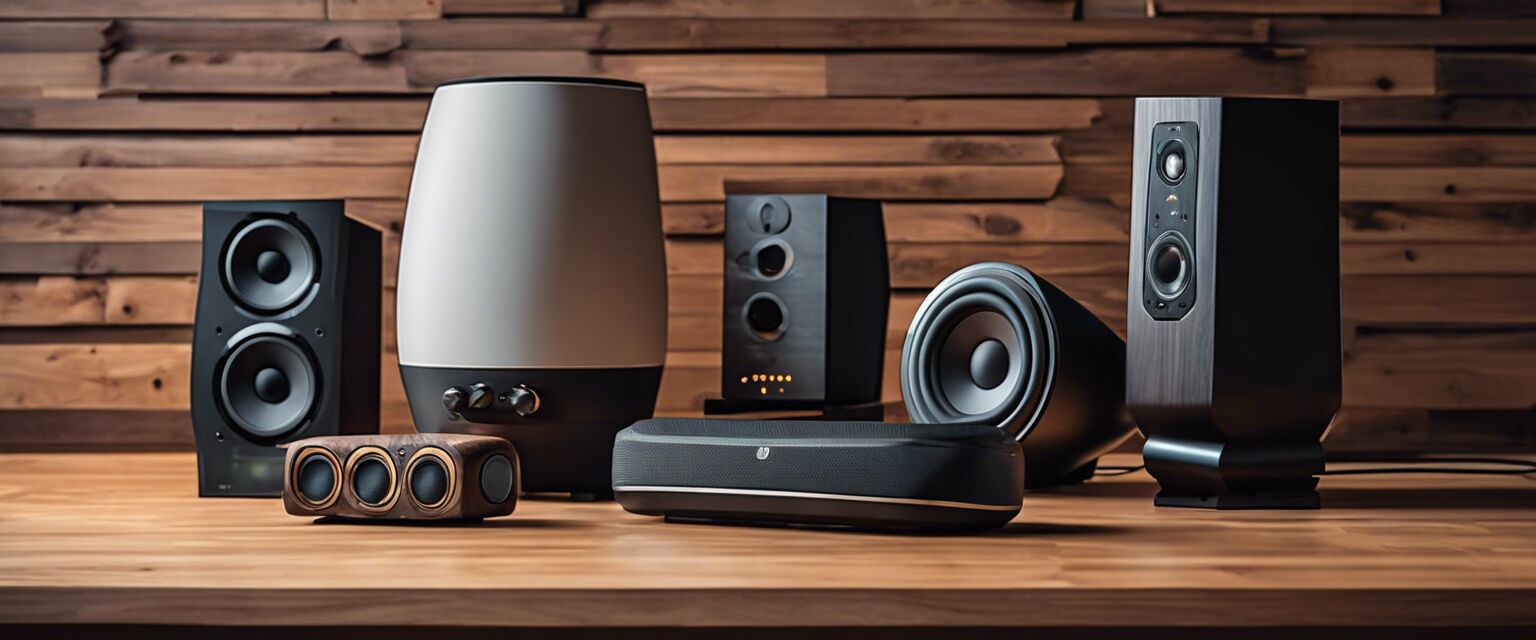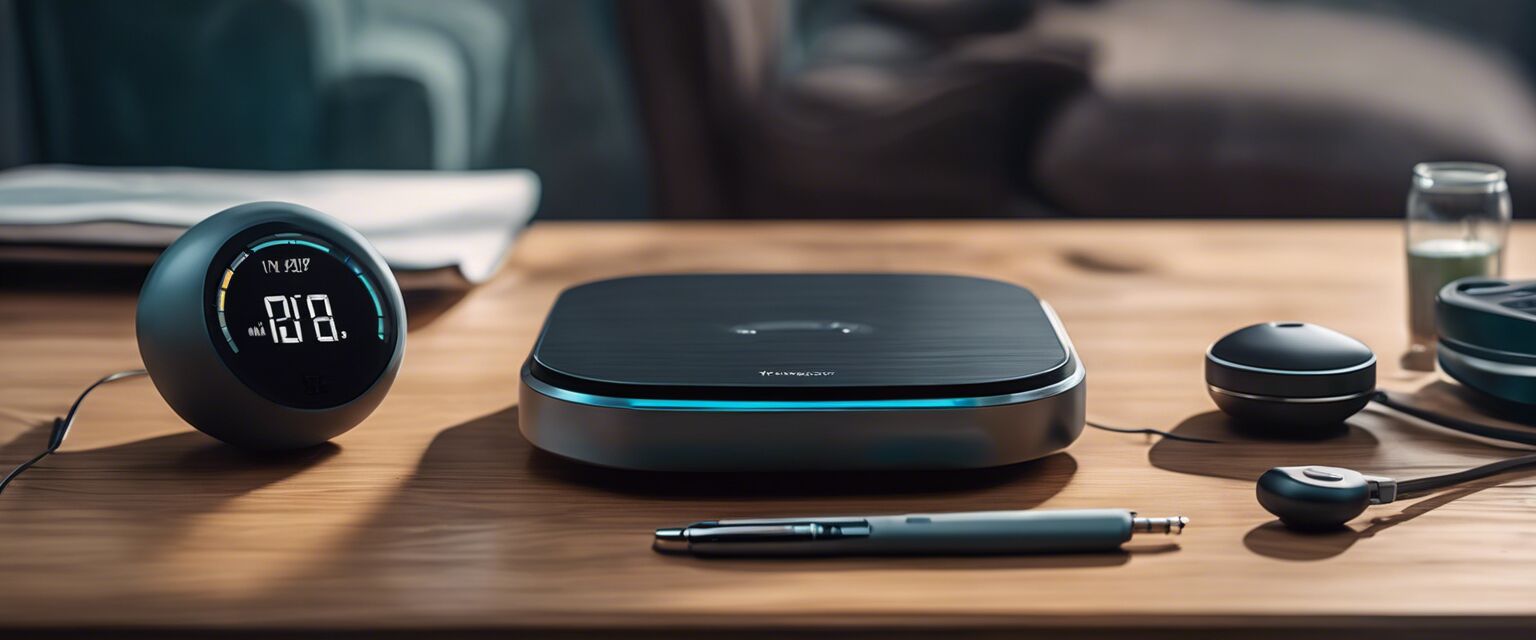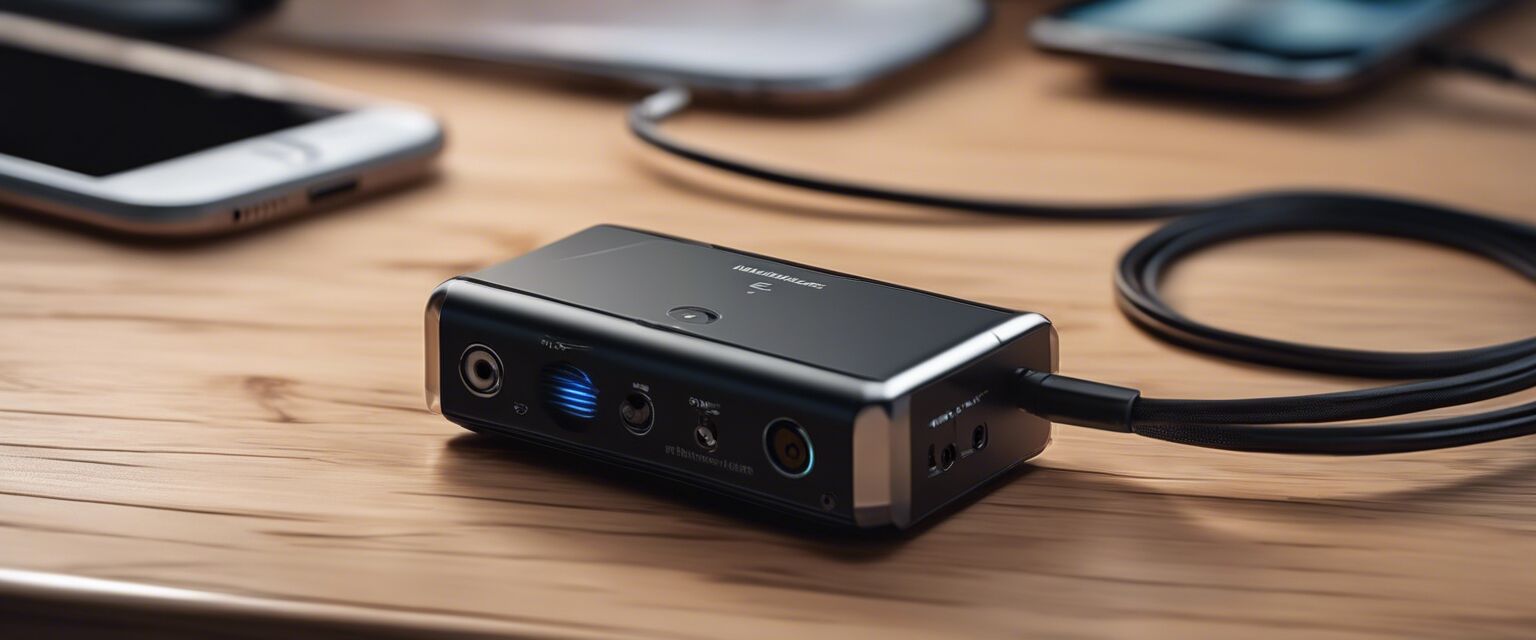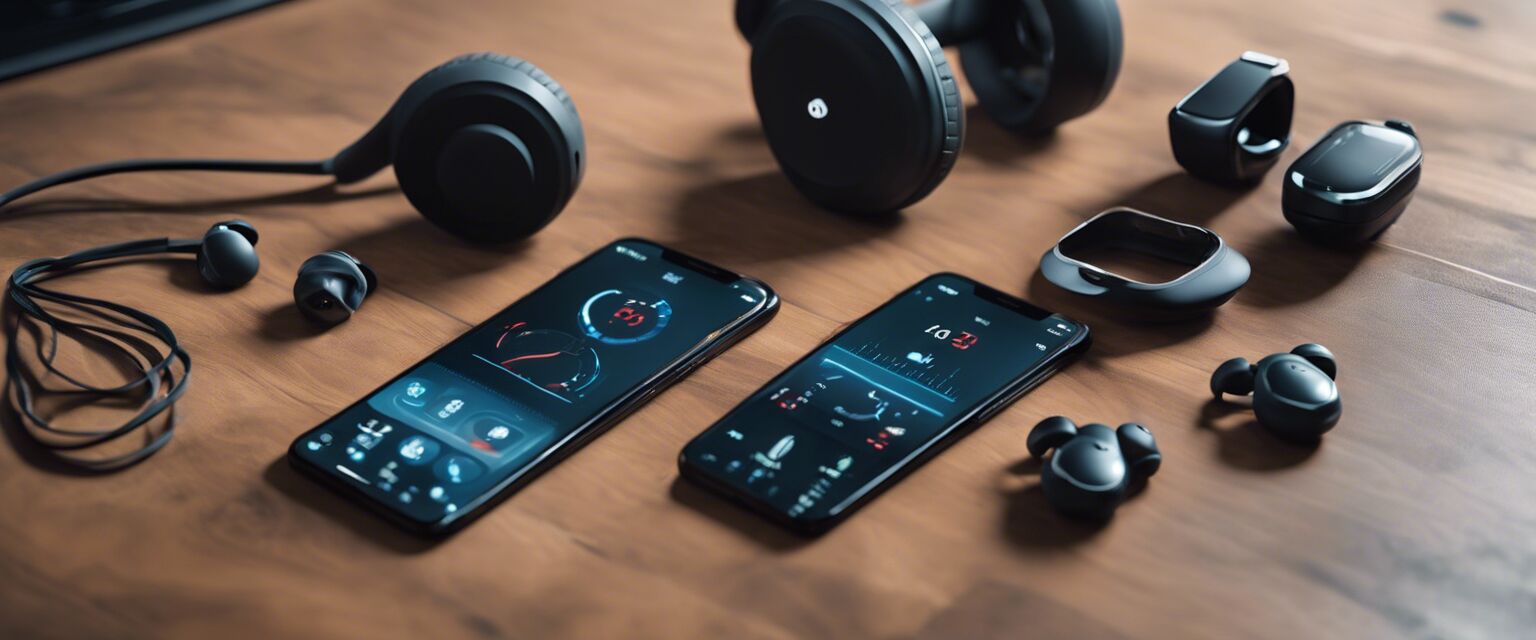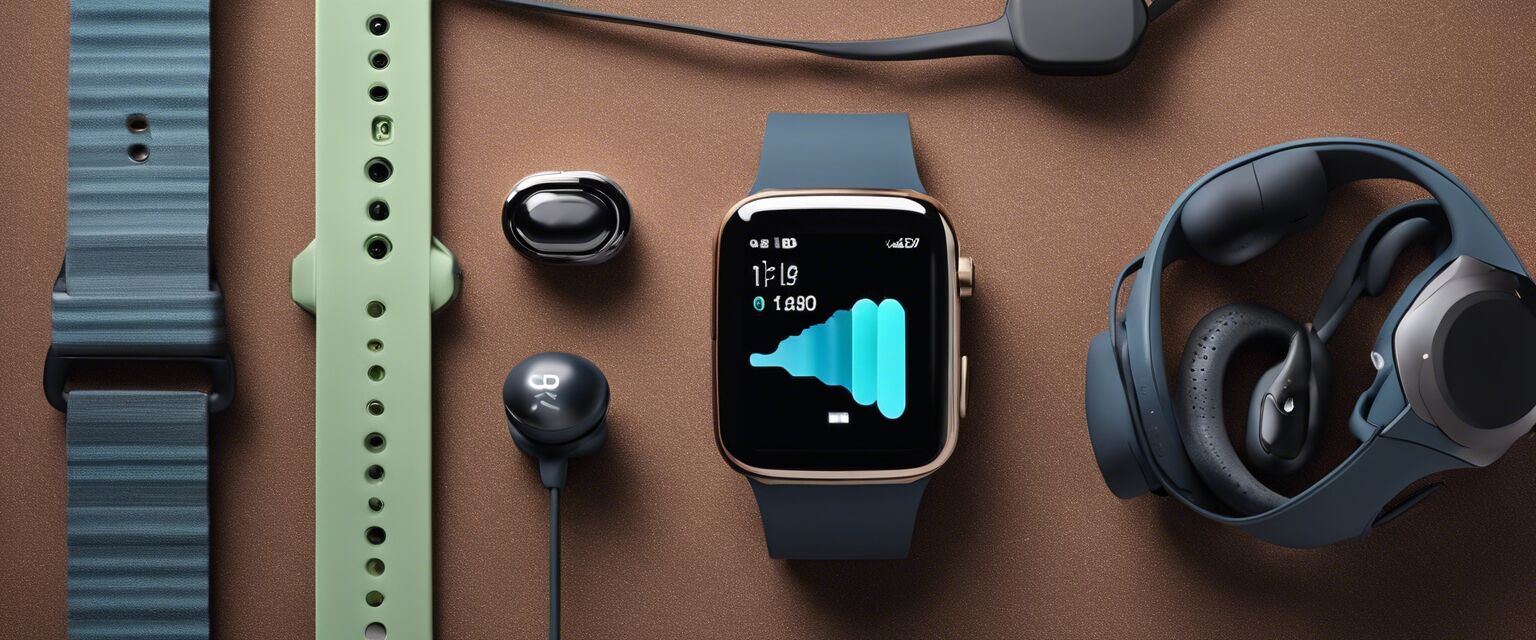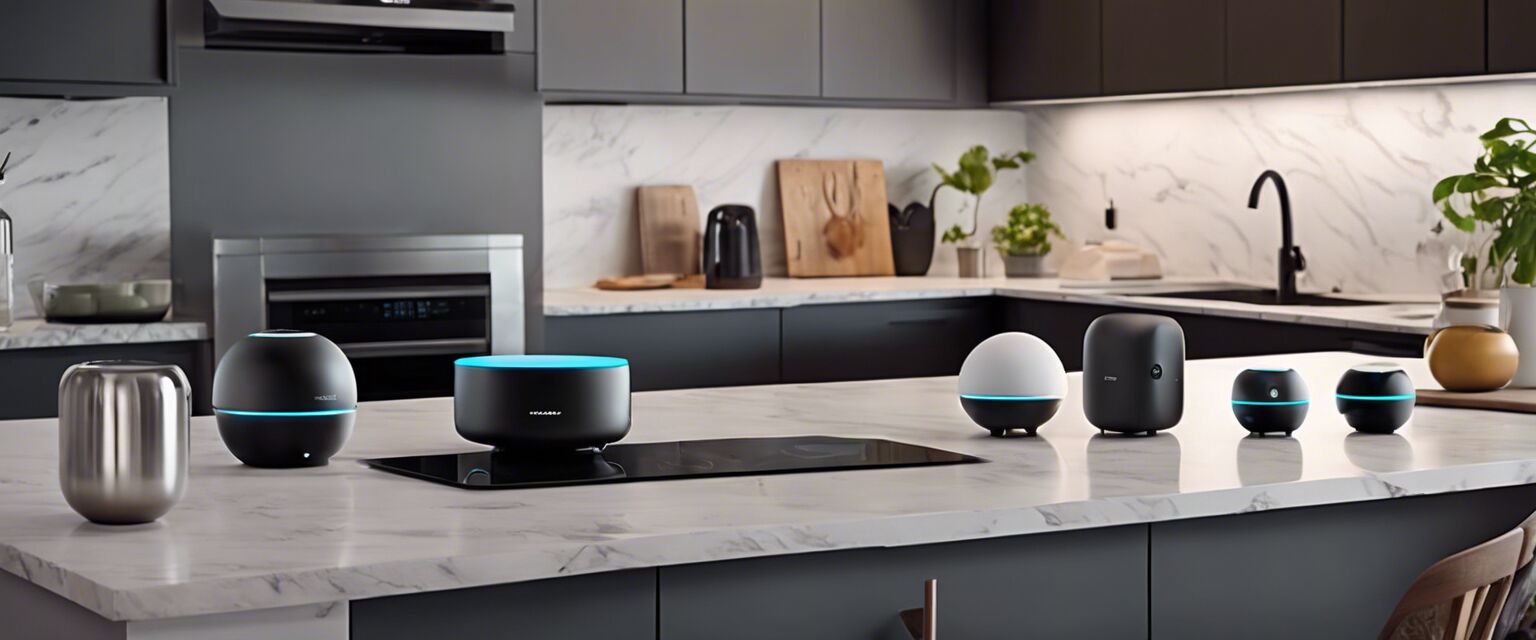
Bluetooth Smart Home Devices
Key Takeaways
- Bluetooth smart home devices offer convenience and automation for everyday tasks.
- Compatible with various smart home ecosystems, enhancing utility and usability.
- Devices include smart bulbs, outlets, speakers, and security systems.
- Installation is often user-friendly and can be managed through mobile apps.
In today's fast-paced world, the convenience of Bluetooth smart home devices cannot be overstated. They provide solutions to everyday challenges, offering a seamless way to connect, automate, and manage your home environment. From smart speakers to security cameras, these gadgets enhance our daily lives by making tasks simpler and more efficient.
What are Bluetooth smart home devices?
Bluetooth smart home devices are devices that use Bluetooth technology to connect wirelessly to other devices, allowing you to control and monitor your home remotely. They can be used for a variety of tasks, such as lighting, heating, entertainment, and security.
Categories of Bluetooth smart home devices
| Device Type | Description |
|---|---|
| Smart Bulbs | Lighting fixtures controlled via Bluetooth, allowing for color changes and dimming. |
| Smart Plugs | Adapters that let you control any device plugged into them, turning it on or off remotely. |
| Smart Speakers | Devices that offer music, voice control, and compatibility with other smart home devices. |
| Security Cameras | Wireless cameras providing surveillance and monitoring through smartphone connectivity. |
| Smart Thermostats | Devices that allow for remote temperature control, saving energy and increasing comfort. |
Benefits of using Bluetooth smart home devices
- Convenience: Easily control devices from your smartphone.
- Energy Efficiency: Monitor and optimize energy usage through smart controls.
- Security: Enhance home security with smart locks and cameras.
- Customization: Set personalized schedules for devices to operate automatically.
Comparative analysis of popular Bluetooth smart home device categories
| Category | Price Range | Ease of Installation | Control Method |
|---|---|---|---|
| Smart Bulbs | $10 - $50 | Easy | App/Voice |
| Smart Plugs | $15 - $30 | Very Easy | App/Voice |
| Smart Speakers | $50 - $300 | Moderate | App/Voice |
| Security Cameras | $30 - $200 | Moderate | App/Voice |
| Smart Thermostats | $100 - $300 | Moderate to Difficult | App/Voice |
How to set up and connect Bluetooth smart home devices
Setting up Bluetooth smart home devices is generally straightforward. Hereâs a step-by-step guide:
- Choose your device and ensure itâs compatible with your smartphone.
- Download the manufacturer's app from your app store.
- Turn on the device and put it in pairing mode.
- Open the app and follow the setup instructions to connect.
- Customize your settings and preferences.
Tips for beginners
- Start with a few devices and gradually expand your collection.
- Consider compatibility with your existing smart home ecosystem.
- Read user reviews on specific devices to ensure quality.
Future of Bluetooth smart home devices
The future of Bluetooth smart home devices looks promising, with advancements in technology enhancing user experience. Expect improved interoperability between devices across different brands, better security features, and more intuitive automation options.
Conclusion
Bluetooth smart home devices are here to stay, making our homes more convenient, secure, and connected. As technology progresses, the possibilities are endless. Whether you're starting small or looking to automate your entire home, Bluetooth gadgets offer practical solutions for a modern lifestyle.
Pros
- Easy to use and install.
- Wide range of products available.
- Improved energy management capabilities.
- Compatible with various ecosystems and devices.
Cons
- Limited range compared to Wi-Fi devices.
- May require multiple apps for different devices.
- Potential connectivity issues in larger homes.
- Initial investment can be significant.
Related Links
- Bluetooth car accessories
- Bluetooth earbuds
- Bluetooth fitness trackers
- Portable Bluetooth speakers
- Wireless headphones
Image Gallery

